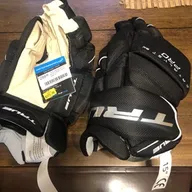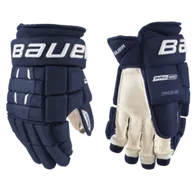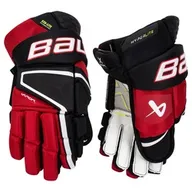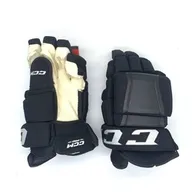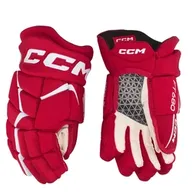Popular Hockey Gloves
See more Popular Hockey Gloves35 Results

AJOKEEFE14
Fischer GCU Gloves 13
$35
SOLD
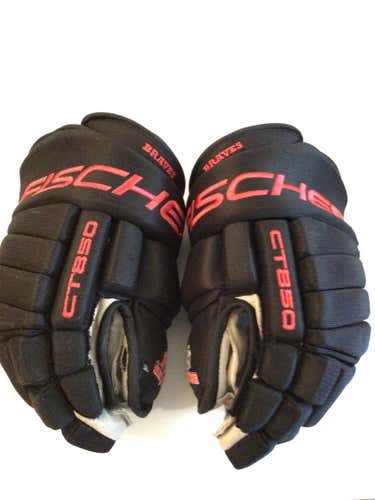
K_dawg2

Hockeytoronto

SteelDeals

Hockeytoronto

ANGreene74
Used Fischer 13" Gloves
$15
SOLD

Hockey96man

Hockeytoronto

Paillllla

DillyTheDuster

Hockeytoronto

HKD68

Thomasbarefoott
Pittsburgh Vengeance Gloves
$54
SOLD
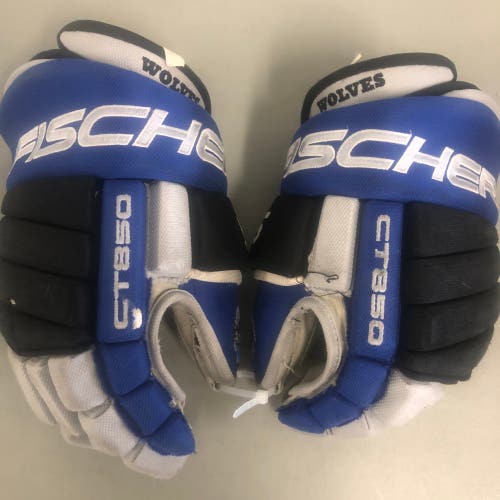
Hockeytoronto
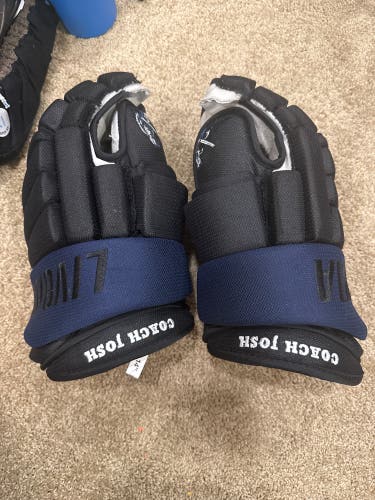
2128HC
Custom Fischer 14/15" Gloves
$40
SOLD

Blueshirt81

Blueshirt81
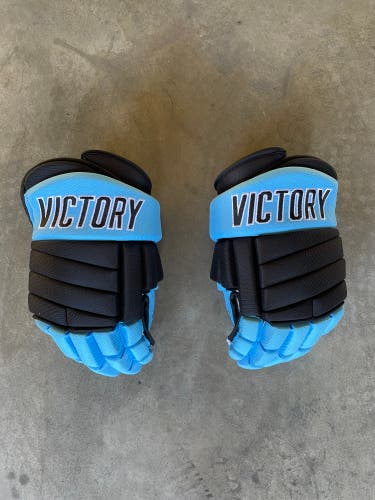
1stlinehockey

Paillllla
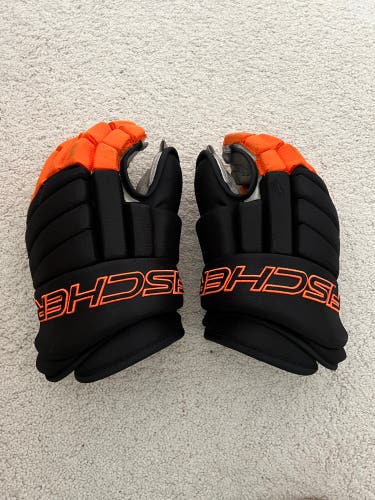
Angelo88

Louie12

TCxllxns9

Hockeytoronto

Louie12
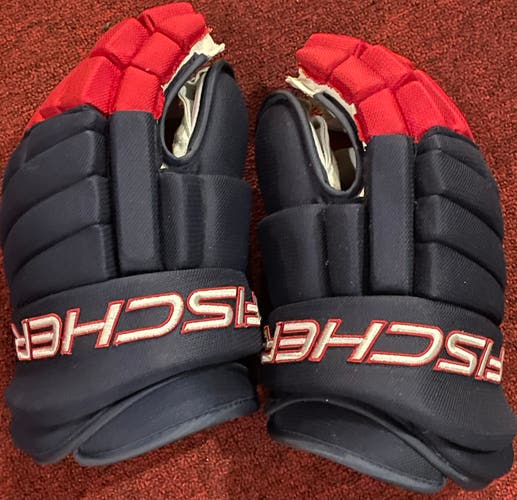
Bear24
Fischer Senior Hockey Gloves
$65
SOLD

Topshelfin24

reidrussell19
New Fischer Gloves 14"
$50
SOLD

GTIrish

Mattydane2397

Hockeytoronto

ava_ridolfi


